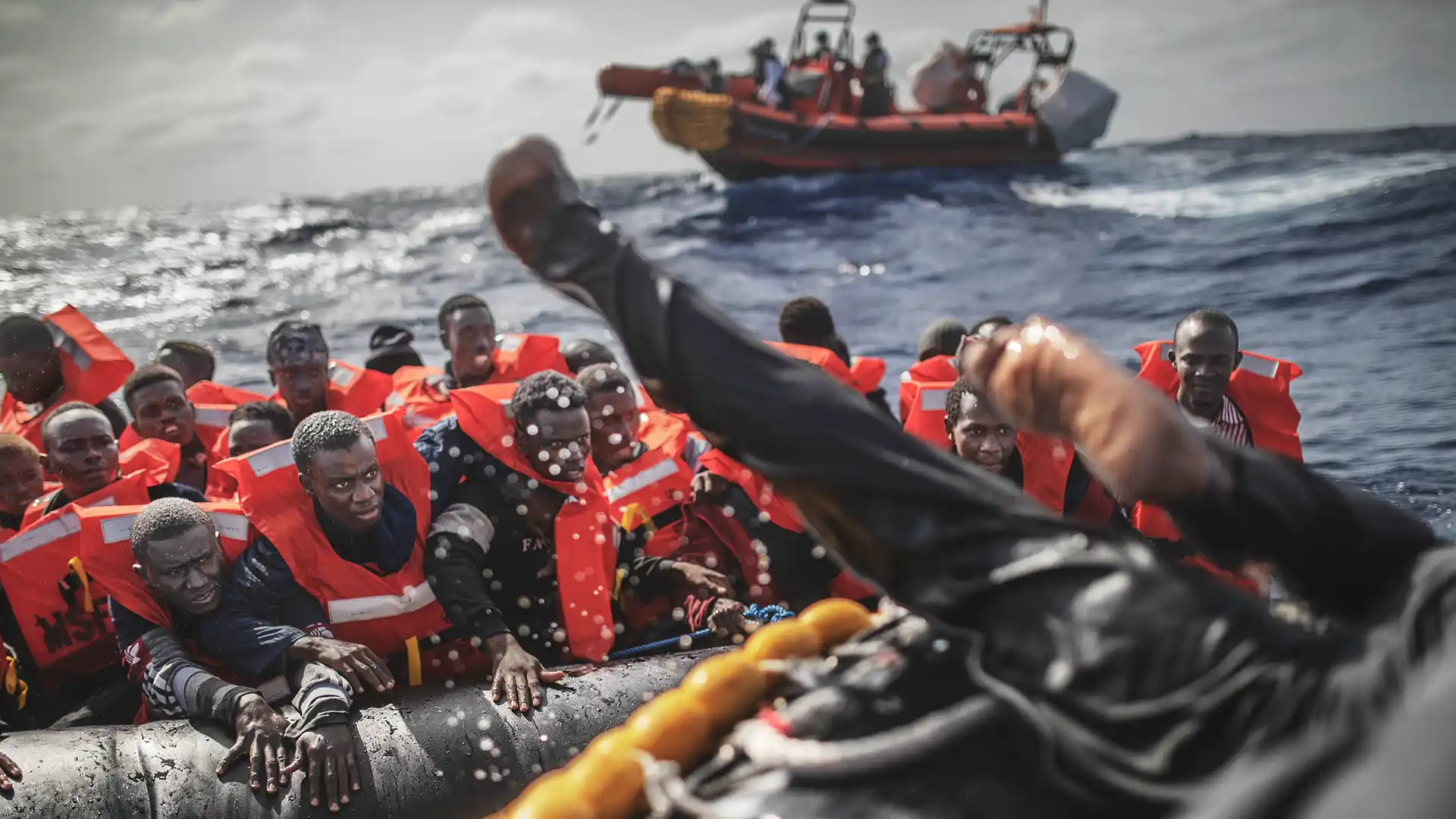A new era for photo journalism
Today’s photojournalists must be full-service suppliers in the digital visual field. It’s a change that creates much more breadth and depth. Photo editor Espen Rasmussen reflects on how the job has changed during the last decade.
By Espen Rasmussen | Watch t 10 years in pictures

A new era for photo journalism
Today’s photojournalists must be full-service suppliers in the digital visual field. It’s a change that creates much more breadth and depth. Photo editor Espen Rasmussen reflects on how the job has changed during the last decade.
By Espen Rasmussen | Watch 10 years in pictures
Two years ago, I stood on deck aboard the ship Geo Barents, operated by Doctors Without Borders, to document refugees attempting to cross the Mediterranean in inflatable dinghies. Thousands drowned, many were rescued and brought ashore in Italy, while others returned to the north coast of Africa.
I met 17-year-old Zalman, who on his tenth attempt at crossing was finally rescued.
At the age of six, he was orphaned and forced to live on the streets of the Somalian capital Mogadishu. He later fled to Libya, where he was captured by traffickers and tortured. Finally, he made it onboard the inflatable boat, ready to cross the Mediterranean.
A digital special in VG
The story of the rescue and of 17-year-old Zalman was published as a major digital special in VG. With videos, audio, photographs, graphics and text. It was presented in several chapters, adapted to the mobile phone.
In many ways, this story represents the evolution of photojournalism.
Today, stories are told using all the tools in the toolbox. In addition to photography, film is essential. Video adds something extra to the story when it’s presented digitally. It provides presence and emotion. Several of today’s photojournalists also supply text, and they are able to piece together the digital stories in the publishing tool of choice.
Photojournalists have gone from being classic photographers to now serving as suppliers across a much broader area.
Out in the field, it’s about being able to master photography, film, sound, drone use and interviews. And for breaking news, you should be able to broadcast live TV.
Back at the office, it’s about being able to master a number of tools for editing, have insight into how the content management system works and collaborate closely with developers and designers.
We need a plan
We’ve gone from working with individual images for print media to now relating to the fact that almost 90% of all journalism in VG is consumed on mobile phones. For photojournalism, this means that photographers must already have the story in mind before they leave the office, to a greater extent. We need to have a plan for how we want to tell it.
Today, photography is as much about journalistic content as it is about giving digital stories a visual boost and getting readers to scroll on.
The story of 17-year-old Zalman and the refugees attempting to cross the Mediterranean has been forever burned in my memory. And it also serves as an example of how today’s photojournalists must be full-service suppliers in the digital visual field. It is a change that creates much more breadth and depth, makes us much more versatile photographers and, not least, results in more impactful photo stories that touch our readers.
[Sassy_Social_Share]

Espen Rasmussen
Photo Editor, VG Stories
Years in Schibsted: 17
My favourite song the last decade: Golden Ticket – Highasakite